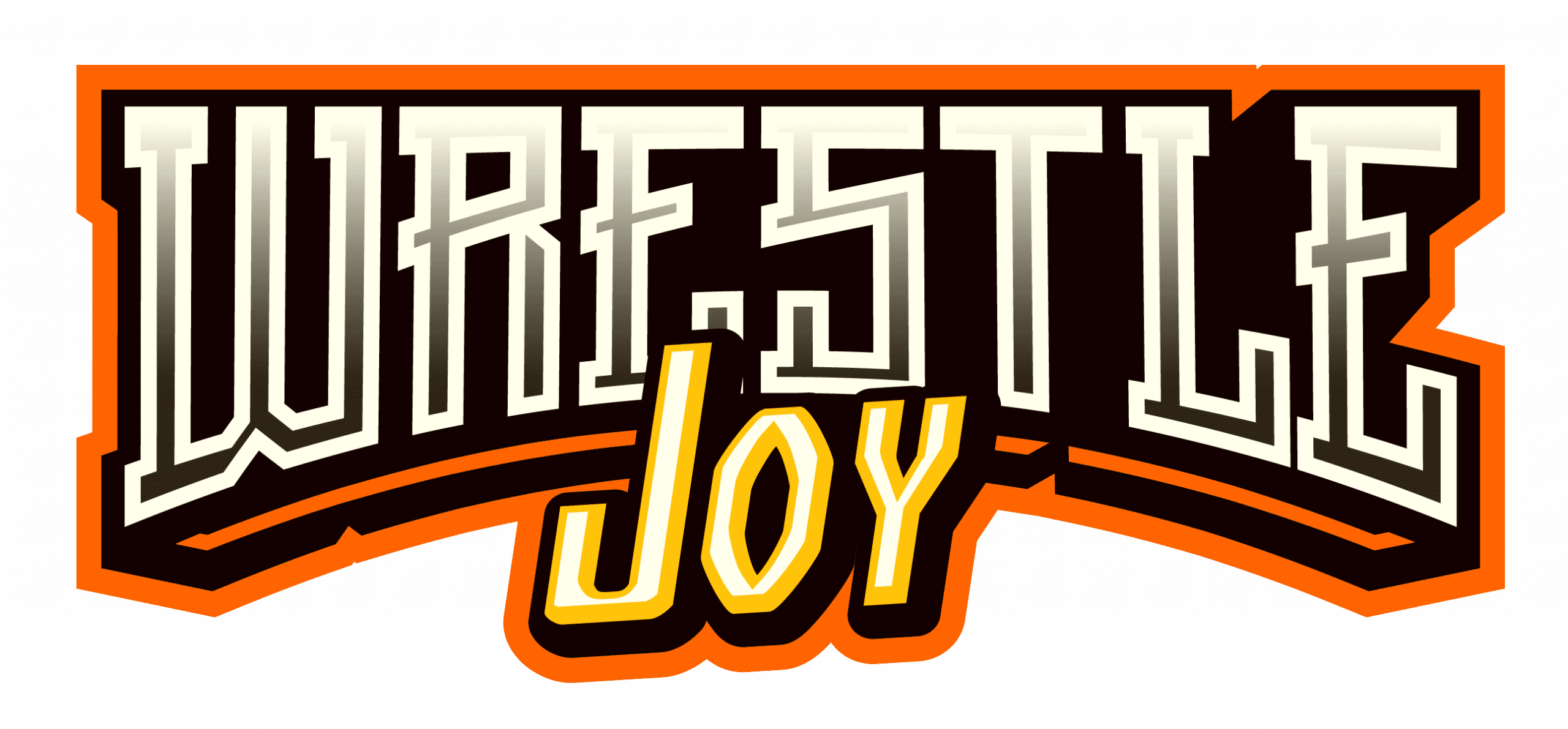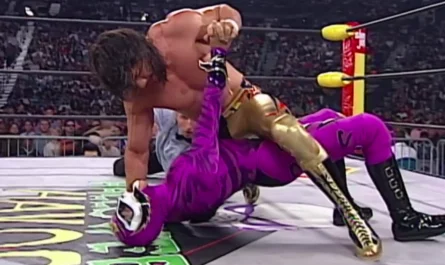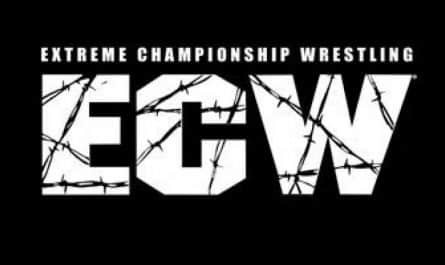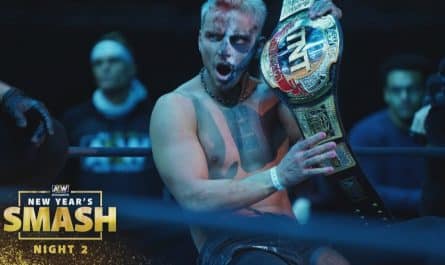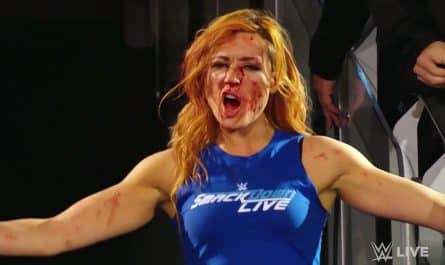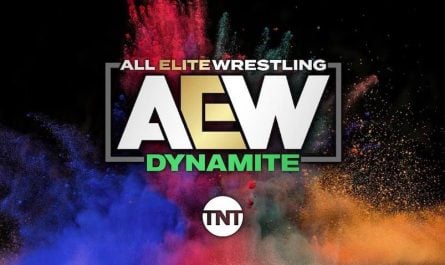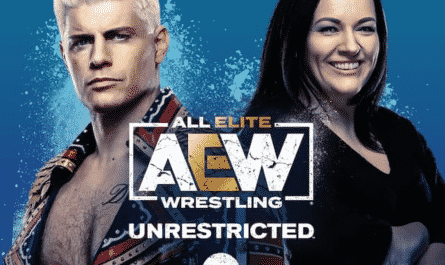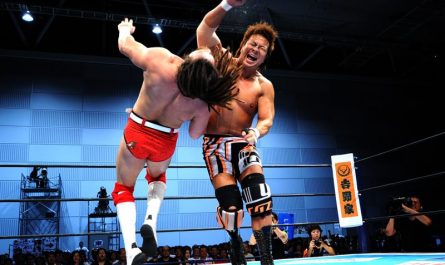In 1991, Nature Boy Ric Flair showed up on WWF Primetime Wrestling holding “The Big Gold Belt” and calling himself “the Real World Champion.” His contract with Ted Turner’s World Championship Wrestling had expired. But, due to an unreturned $10,000 deposit, the physical title belt was legally in his possession. Flair was still the NWA World Champion at that moment in time, so he wasn’t technically wrong. The NWA Championship has grown and changed multiple times more than thirty years later. In a worked sport like professional wrestling, the idea of a “real” World Title is fictional. The idea of figuring out the lineal championship is exciting and possible. Throughout three articles, we will determine who has the strongest claim to being pro wrestling’s lineal World Champion.
Hangman Page is the current AEW World Champion, but the company is only three years old with a clean lineage but no rightful claim to the position. Jonathan Gresham is the Ring of Honor Champion. While ROH is celebrating twenty years of existence, the company has mainly been the premier independent group in North America with no apparent ties to any claim to a lineal championship for the majority of its existence. Kazuchika Okada is the current IWGP World Heavyweight Championship. The unified title was created last year and claims to have no linage to the old IWGP title, let alone a linear world belt. That leaves four contenders.
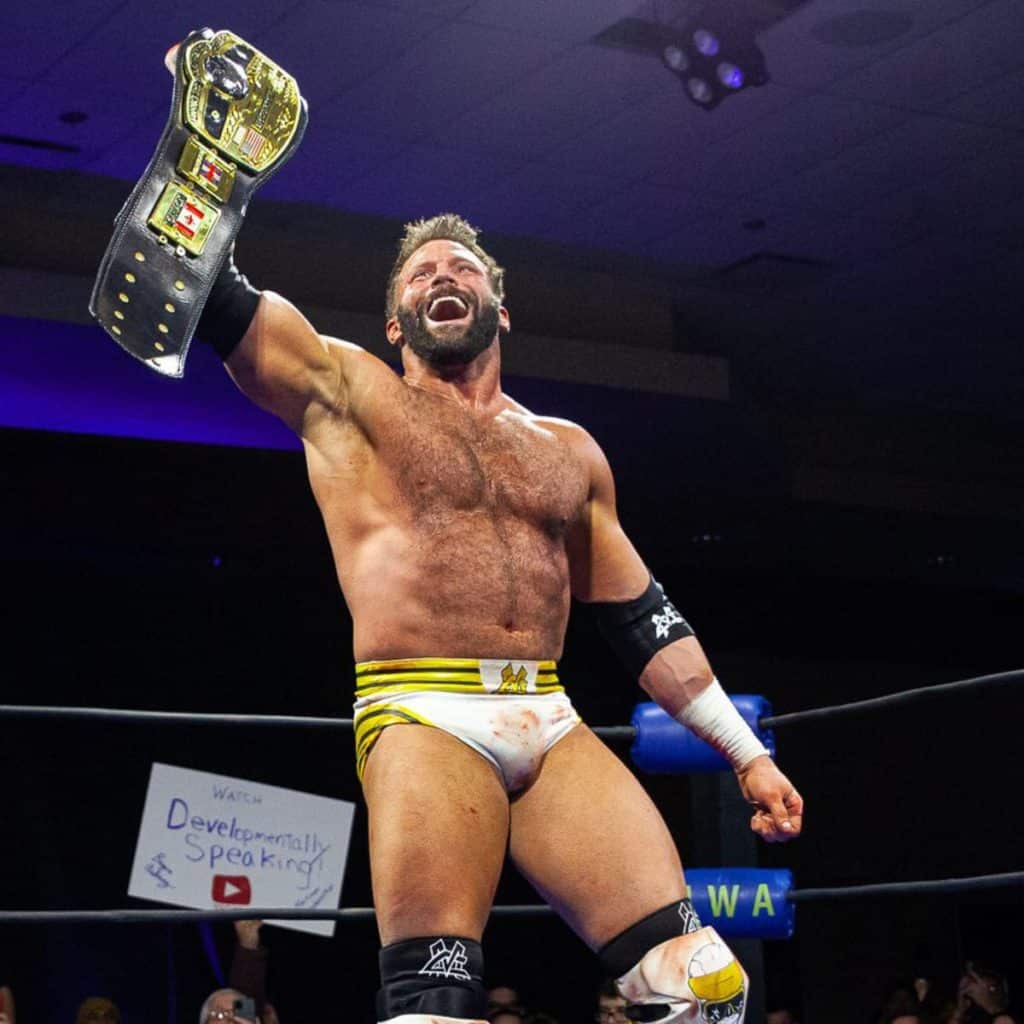
Matt Cardona – The NWA World’s Heavyweight Champion.
The former Zack Ryder is one of the hottest acts in the independent wrestling scene and is the current carrier of the famed “Ten Pounds of Gold.” Cardona is in possession of a physical belt that looks identical to the one used by the NWA starting in 1972. The championship is most closely associated with Harley Race, Dusty Rhodes, and Ric Flair. However, the picture gets murkier when looking at the title’s lineage.
The NWA was founded in 1948 in Waterloo, Iowa, by promoters Pinkie George, Al Haft, Tony Stetcher, Harry Light, Sam Mushnick, and Orville Brown – who was declared the first champion. At the time, multiple competitors said they were the true World Champion. Each claimed a lineage dating back to Frank Gotch. Gotch became wrestling’s first American star after a series of matches with Russian-born George Hackschmidt, who was billed as the first true Free-Style World Heavyweight Champion. Hackenschmidt, a European trained legitimate Greco-Roman, defeated American catch-as-catch-can champion Tom Jenkins to solidify his billing. Hackenschmidt was an international star who battled the everyman Iowa farm boy, Gotch, in a series of matches that raised the sport’s profile in the US. The rivalry helped grow both the amateur and professional variations.
The idea behind an undisputed NWA Champion was to crown a champion who could draw crowds in any city in the US to perform worked matches for crowds. The champion should be not only a performer who could draw interest but someone good enough to keep or win back the title at any time. The NWA found its first seminal Champion in Lou Thesz – a talented grappler with a formidable background in catch or submission wrestling who could catch any Greco-Roman or Freestyle grappler in a painful move or “hook.”
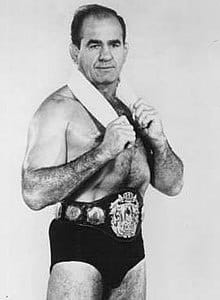
As more promoters joined the NWA, the idea of the traveling champion worked. However, many promoters quickly realized who drew well in one town may not draw in another. The first instance arose in the mid-50s with Chicago promoter Fred Kohler, whose program Wrestling From The Marigold was a smash hit on the DuMont Network. While Thesz defended the NWA belt on Kohler’s shows, he didn’t become the promotion’s top draw. That belonged to Verne Gagne.
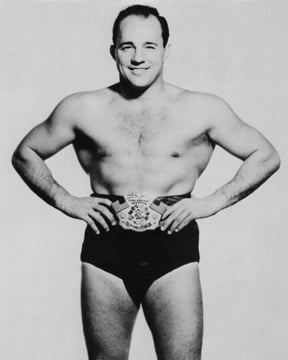
The popular 2x NCAA Champion from the University of Minnesota fit in perfectly in the Midwest. Thanks to his exposure on National TV, Gagne became a sensation rivaling Thesz. Kohler naturally wanted the NWA Title put on Gagne. Wary of granting Kohler too much power, the other promoters opted not to have Thesz drop his belt to Gagne. Instead, Gagne was crowned the first NWA United States title. This version does not share a linage with the current WWE version, but the Mid-Atlantic equivalent does.
When Kohler went out of business in 1959, Gagne and Richard Aflis (aka Dick the Bruiser) bought the territory. They split Chicago between their two new fledging promotions. Gagne became the first AWA World Champion, while Bruiser was the new WWA Champ.
The NWA lineage continues unbroken until Flair’s appearance on Primetime. After that, the NWA, which was a relatively powerless organization, stripped Flair of the title. Turner, which bought Jim Crockett Promotions, not the entire NWA, ignored the floundering group. At The Great American Bash ‘91, WCW held a match between Lex Luger and Barry Windham for the vacant WCW title.
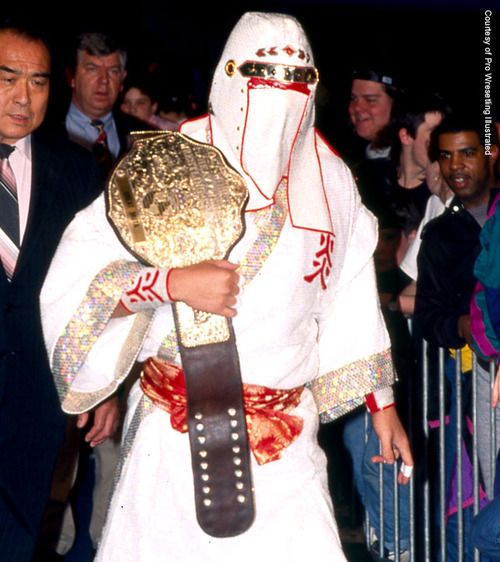
The NWA title would remain dormant for a year until it resurfaced in New Japan Pro Wrestling. The belt was to be used to introduce talent to both audiences. Masahiro Chono won a tournament to declare a new champion. He would lose the belt on the January 4th Tokyo Dome show in 1993 to The Great Muta, who dropped the belt a month later to Windham. At this point, WCW had two World Champions on their TV. Windham eventually lost the title to Flair, who bequeathed it to Rick Rude.
After the Rude loss, WCW officially withdrew from the NWA, and the organization took the title, but not their physical belt. Eventually, Flair and Sting would unify both versions of the WCW World title and use the Big Gold Belt as the prize until closing in 2001.
The NWA would bring back the Ten Pounds of Gold Belt for a one-night tournament at the ECW (now 2300) Arena. In the tournament finals, Eastern Championship Wrestling titleholder Shane Douglas defeated 2 Cold Scorpio. Then Douglas proceeded to throw down the belt “of a dead organization.” Douglas held up his title and declared himself the first ECW World Heavyweight Champion. The act sparked the ECW revolution and was the group’s first truly rebellious action, bucking the traditions of the old NWA.
Under the leadership of promoters Dennis Coralluzo and Jim Cornette, a second tournament was held in November of 1994, won by Chris Candido. From here, a line can be drawn to the title held by Cardona. However, the luster came off the belt when Ric Flair left for the WWF, and WCW stopped recognizing the title as their top prize. While it may be the same belt worn by Harley Race, the linage split it too hard. Matt Cardona is the NWA Champion, but it doesn’t carry the same prestige, let alone real linage as the true NWA Championship.
But if Matt Cardona can lay a claim to the title of lineal champion, why can’t Moose? In the next piece, we’ll examine Moose and IMPACT Wrestling’s lineage and the possibility of being the true World Heavyweight Champion.
